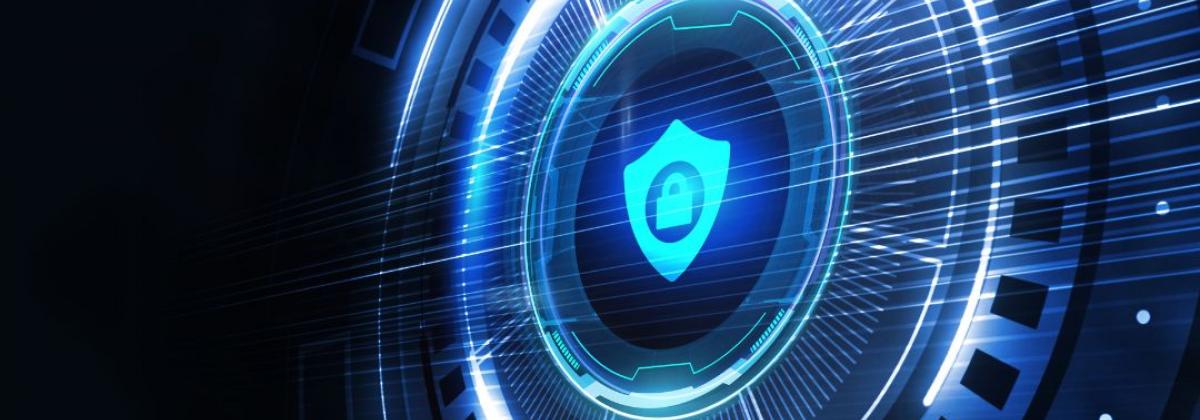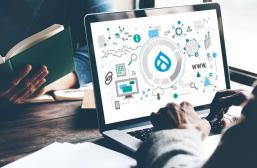In the contemporary digital landscape, prioritizing the security of your website has transcended necessity. With cyber threats advancing in sophistication, safeguarding your Drupal website against potential vulnerabilities has become imperative. This comprehensive guide navigates through essential security protocols, fortifying your Drupal website and ensuring robust protection against cyber threats.
Understanding the Criticality of Drupal Security
Drupal's popularity attracts both developers and hackers alike. The ramifications of compromised security can be severe, including data breaches and reputational damage. By prioritizing security, you safeguard sensitive information and maintain the trust of your users.
Ensuring the Latest Versions of Drupal Core and Modules
Outdated software is a common entry point for cybercriminals. Regularly update your Drupal core and modules to prevent exploitation of known vulnerabilities. By setting up automatic updates and staying informed about security advisories, you ensure a proactive security posture.
Enforcing Robust User Authentication
Weak user credentials can provide easy access to hackers. Implement stringent password policies and consider multi-factor authentication (MFA). MFA requires users to provide multiple forms of identification, significantly bolstering your website's security.
Prioritizing Secure Hosting and HTTPS
Selecting a reputable hosting provider is pivotal. A secure hosting environment with advanced features such as firewalls, intrusion detection, and regular security audits is indispensable. Additionally, enabling HTTPS encrypts data transmission, guarding against data interception.
Regular Data Backups for Resilience
In the event of a security breach or data loss, backups are a lifeline. Regularly back up your website's data, ensuring that backups are securely stored off-site. This facilitates a rapid recovery process and minimizes potential downtime.
Fine-tuning Permissions and Access Control
Granular permissions and access controls are vital to limit exposure. Assign permissions based on roles and responsibilities, granting access only where necessary. This reduces the attack surface and enhances security.
Leveraging Effective Security Modules
Drupal's ecosystem offers a plethora of security modules. "Security Kit" enhances security headers, while "Login Security" enforces login restrictions. Research and deploy appropriate modules to augment your website's defenses.
Mitigating Cross-Site Scripting (XSS) Threats
XSS attacks exploit vulnerabilities in web applications. Sanitize user inputs, validate data and employ security mechanisms like Content Security Policies (CSP). These measures prevent the injection of malicious scripts, bolstering website security.
Safeguarding Against SQL Injection Vulnerabilities
Improper handling of user inputs can lead to SQL injection attacks. Implement strict input validation, use parameterized queries, and sanitize data to thwart potential exploits. Regular code reviews are imperative to identify vulnerabilities.
Secure Management of File Uploads and Downloads
Unsecure file uploads can lead to the execution of malicious code. Utilize file type validation, scan uploads for malware, and store uploaded files in a separate directory with restricted access. This minimizes the risk associated with file-related vulnerabilities.
Continuous Monitoring and Intrusion Detection
Implementing an intrusion detection system (IDS) and regularly monitoring your website is indispensable. Detecting anomalies and unauthorized activities in real time enables swift responses, mitigating potential breaches.
Timely Handling of Security Patches
Stay abreast of security patches and updates released by Drupal and third-party providers. Promptly apply patches to address vulnerabilities and maintain an up-to-date security posture.
Implementing Content Security Policies (CSP)
CSP headers offer a defense against cross-site scripting and data injection attacks. By specifying trusted sources for content, you mitigate the risk of unauthorized scripts executing on your website.
Security Best Practices for Custom Themes
Custom themes should adhere to stringent security practices. Code reviews, vulnerability assessments, and adherence to secure coding principles are imperative to ensure that themes do not introduce vulnerabilities.
Empowering Your Team with Security Awareness
The human element is crucial to maintaining security. Regularly educate your team about security best practices, emphasizing the importance of strong passwords, cautious online behavior, and prompt reporting of suspicious activities.
Conclusion
Securing your Drupal website requires a multi-faceted approach, combining technical measures and user education. By implementing the discussed security essentials, you significantly enhance your website's resilience against cyber threats, safeguarding your valuable data and fostering user trust.
FAQs
Why is Drupal security crucial for my website?
Drupal security is paramount to protect your website from breaches, data loss, and potential legal repercussions.
How frequently should I update my Drupal website?
Regular updates, at least once a month, are recommended to stay ahead of potential vulnerabilities.
What is multi-factor authentication (MFA)?
MFA requires users to provide multiple forms of verification before accessing the website, adding an extra layer of protection.
What are Content Security Policies (CSP)?
CSP is a security feature that controls which resources can be loaded on your website, reducing the risk of malicious scripts.
Where can I find additional resources on Drupal security?
Click Here to look at comprehensive resources on enhancing Drupal security and protecting your website from cyber threats.





